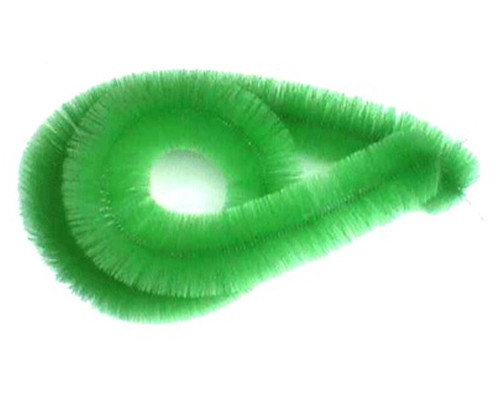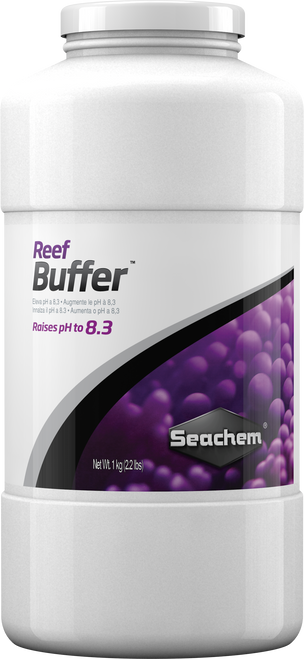Product Description
Wizard Fibre is a very fine glass fibre designed specifically for mortar or concrete reinforcement. It has been in use for decades in specialised architectural and construction projects where very high performance is required to withstand sustained stresses or harsh conditions and where long service is important.
| Why use Wizard Fibre? | |
| Allows a much stronger mix, leading to a smoother crack-resistant finish that is safer for the fish | |
| Saves money | |
| Increases workability, making it easier to apply | |
| Far stronger, more durable and easier to use than polypropylene alternatives | |
| Dramatically reduces the likelihood of leaks developing | |
| High zirconia content offers superb alkali resistance | |
Mix proportions
1 - 2% fibres added to the total mix by weight.
3 parts of building sand to 1 part cement.
We recommend the use of a mortar plasticiser in the mix (available at builders' merchants) because it makes application easier.
Coverage
A 1kg pack of Wizard Fibre can cover 8 - 18sqm at 5mm thick.
Mixing
Typical mix proportions:
5 litres cement, 15 litres sand, 225 - 450g fibres.
Notes
The addition of fibre to the mix will improve workability up to about 90g per litre of cement and will decrease above this figure. Maximum crack resistance and strength is achieved at about this level. We suggest you experiment on a test area before you begin the job.
Allow extra time in the mixer for fibre dispersal. We suggest a minimum of 80 drum revolutions.
Do not attempt to render in hot, direct sunshine. The mix will dry out rather than cure, and it will spoil. Do not apply in frosty conditions.
This product should be applied only to surfaces that are sound and stable.
Overview
Traditionally, garden ponds have been made from various materials using different construction methods but there were advantages and disadvantages whichever you chose. Liners are relatively cheap but tend to wrinkle badly when used in an intricately shaped pond. Puncture resistance and life expectancy can be of concern too. Pre-formed ponds don't have these problems but you are restricted to the shapes and sizes that are offered. Concrete ponds, if properly built, will last a lifetime and are much more durable than any other kind. They do, however, require care in their construction if you are to reap all the benefits that this material can offer. A little knowledge of construction techniques will be useful but this is also available in the many pond-building books.
The key point to remember is that the actual concrete or concrete blocks do not make up a very large proportion of the total project cost and it is therefore false economy to skimp on their use in order to save a few pounds. If the structure is sound you will never have any worries. If you cut corners you may regret it later. If the budget is tight it might be worth scaling down the project just a little to ensure that it is done properly.
When the concrete or block shell of the pond has been completed, the process of sealing the inside should begin. First, the walls and floor need to be smoothed using a sand and cement render and the surface of this should be scratched lightly to give the next coat a key. The final coat should be about 5-6mm thick and should contain the appropriate quantity of fibres (see instructions for use). This mix will have a very high cement content which, when combined with the fibres, will give a very tough, crack-resistant finish. This type of mix would be impossible without the fibres because the render would crack very badly as it dries. The shrinkage is quite considerable and the coating has no significant tensile strength.
The addition of Wizard Fibre has several long-lasting benefits, with the bonus that it is very easy to use. The fibre matrix and the fact that there is a high cement content means that the mix is very sticky but creamy in texture. It flows and adheres to the wall much more easily than a traditional mix. This brings the practice of concrete pond-building within the scope of the average hobbyist, thus saving a considerable amount of money.
When the final Wizard render has set and dried it can be painted with a proprietary pond paint (see instructions for use). The special characteristics of Wizard ensure that it disperses evenly in the mixer. The product appears to be in flat strips but when water is added and it is subjected to the action of the mixer, all of these strips break into much finer strands. As these are so fine they do not present any kind of hazard if some of them are protruding from the final finish and therefore they do not require any further attention.
A well constructed pond with a Wizard Fibre render and a good quality pond paint could last a lifetime.
Instructions for Using Wizard Fibre
First apply a thin scratch coat of sand and cement (4:1 mix). It is beneficial to include fibres in this coat but not essential. If the concrete is dry and dusty it should be swept and dampened just before application.
Leave the scratch coat to set for at least two days.
Prepare only sufficient render mix that can be used within approximately 45 minutes at a time.
Dampen the scratch coat with a sprayer before applying the render mix. Failure to do this will severely weaken the render and may prevent good adhesion.
Work systematically away from your starting point so that the leading edge has not set before applying the next strip. If you do need to join on a flat surface then it is important to taper off the leading edge before you finish so that you get a good key when you continue.
The render should be applied at 5mm (min) to 8mm (max) thickness. Work on an area that you can reach to trowel off again in a few minutes.
In warm conditions it will take only a few minutes for the material to begin setting and at this point it will need to be trowelled off again to give a final finish. Spraying a fine mist of water on the surface will greatly assist this process. In cool weather it could be an hour or more before final trowelling is possible.
Unless the weather is cool and overcast it will be necessary to spray a fine mist over the completed surface several times before nightfall to prevent it from drying too quickly.
For wildlife ponds the addition of a proprietary waterproofing liquid (available from builders' merchants) to the render will create a waterproof barrier that needs no further treatment.
For fishponds we would recommend that no waterproofer is used in the mix but that a proprietary surface paint is applied once the final render has set and dried. A low viscosity, resinous type of paint will give the most durable finish. The first coat will soak into the surface and the following coats will build up a plastic-like finish. This type of paint will not adhere if waterproofer has been used in the mix.







